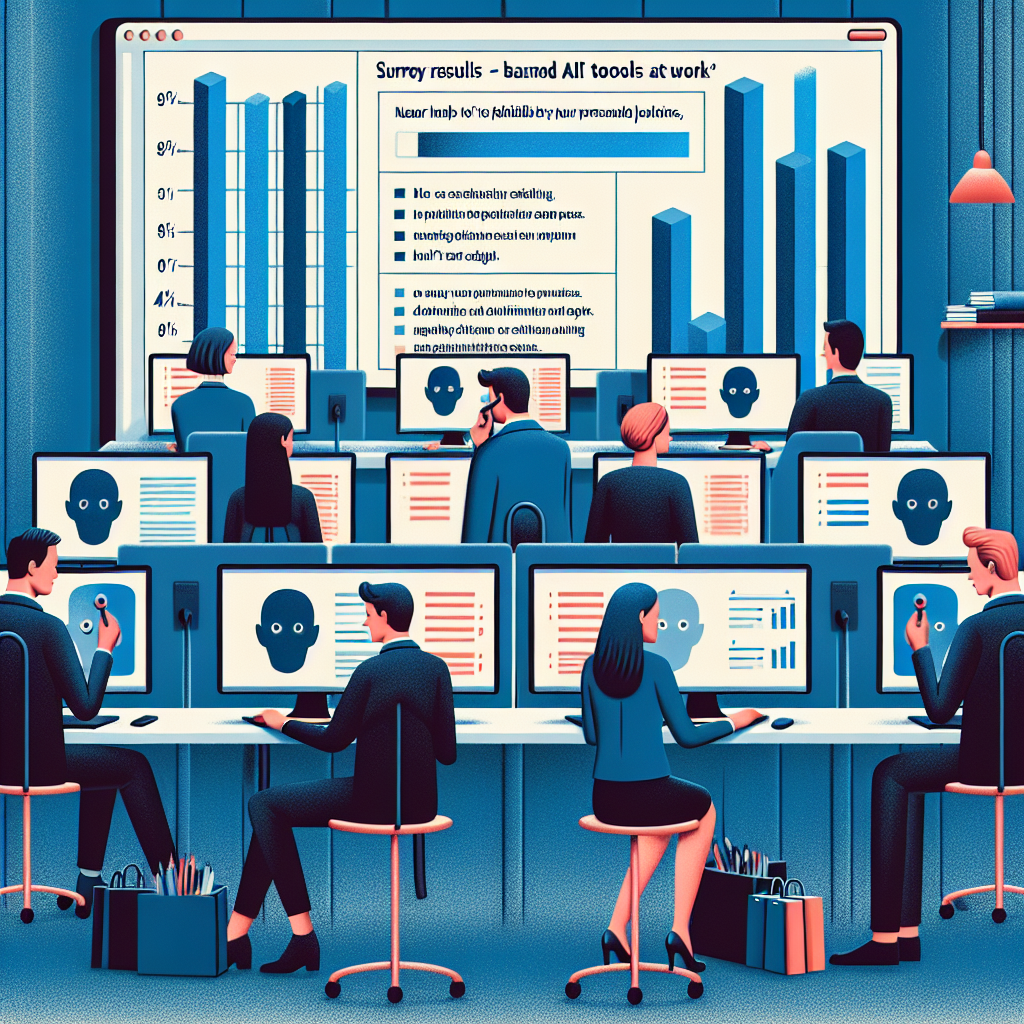Workers Secretly Use Banned AI
When Henry Ford installed the first moving assembly line in 1913, workers quickly found creative ways to speed up—or hack—their routine. Today’s employees are no different, except the tool of choice isn’t a wrench or lever. Instead, in break rooms and behind passwords, workers secretly use banned AI tools, determined to harness technology’s power even when company policies prohibit it.
Why Workers Continue to Use Banned AI
Workers secretly use banned AI tools for a variety of reasons. For many, the allure is irresistible: these tools offer dramatic productivity boosts, streamline repetitive tasks, and help with writing code, emails, or reports. According to recent survey data, while 75% of organizations have banned certain AI platforms—like ChatGPT, Bard, or Claude—from the workplace, nearly a third of employees admit to using them anyway.
Some primary motivations include:
- Time-saving: AI enables workers to accomplish more in less time, freeing up hours for higher-value work.
- Competitive advantage: Employees fear falling behind their peers when AI can automate essential skillsets.
- Personal upskilling: Trying out AI firsthand provides vital hands-on experience in a rapidly changing job market.
The Risks of Going Rogue with Banned AI
Even as workers secretly use banned AI, there are serious risks involved. The most prominent concern: data security. Using unapproved AI platforms may mean sharing proprietary or confidential company information with third-party vendors—potentially leading to data leaks or intellectual property exposure.
Other risks include:
- Violation of corporate policies: Secret AI use can breach codes of conduct or IT usage policies, jeopardizing jobs.
- Compliance issues: Depending on the sector, using banned AI might break industry or regulatory rules, sparking legal trouble.
- Lack of oversight: Work generated by AI can contain errors or inaccuracies, and without adequate checks, mistakes slip through.
What Employers Can Do About Banned AI Use
Rather than creating a digital ‘prohibition era’, organizations may find better success by setting clear, realistic boundaries. Transparency—both from management and employees—is essential in crafting a policy that works for everyone. That means educating staff on the risks of unauthorized AI, offering guidelines for safe and ethical use, and keeping up to date with AI advancements themselves.
Some proactive steps might include:
- Implementing secure, company-approved AI tools with proper access controls.
- Creating training programs that highlight AI’s opportunities and dangers.
- Fostering a culture where employees can discuss their tech needs openly without fear of reprimand.
The Future of AI in the Workplace
Banned or not, AI in the workplace is here to stay. Organizations that respond with flexibility, education, and structured oversight will benefit most from this new wave of digital transformation. If you want a deeper dive into recent trends around AI adoption and policy in the workplace, check out this in-depth HR Dive report.
Workers secretly use banned AI not just to cut corners, but to innovate and keep pace with a tech-driven world. The challenge now is to build policies that protect data and intellectual property—while still unlocking the creative potential AI brings to the table.

